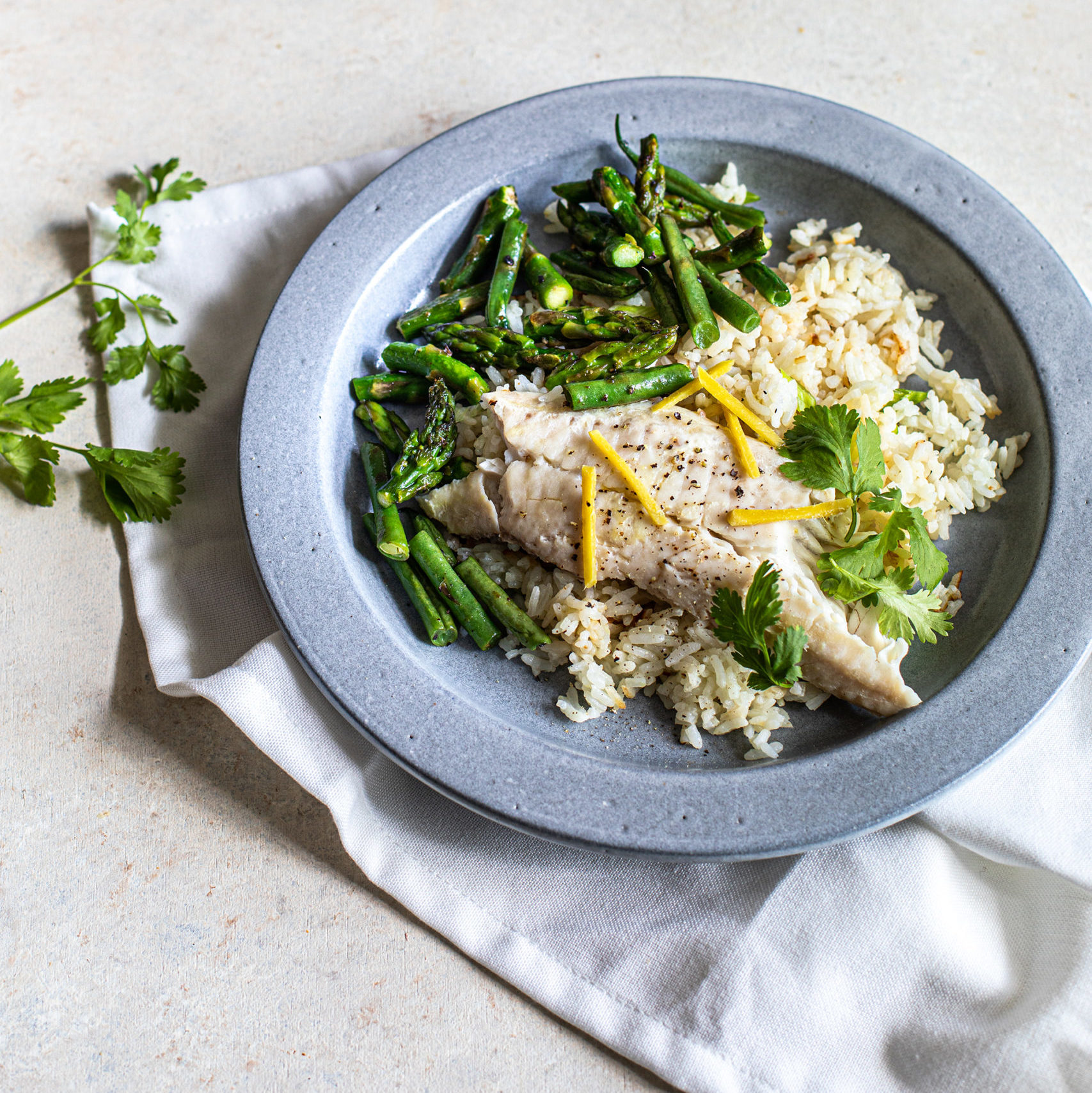

Articles
How To Steam Fish In Rice Cooker
Modified: August 25, 2024
Learn how to steam fish in a rice cooker with this easy-to-follow guide. Discover helpful tips and techniques in this informative article.
(Many of the links in this article redirect to a specific reviewed product. Your purchase of these products through affiliate links helps to generate commission for Storables.com, at no extra cost. Learn more)
Introduction
Steaming fish is a healthy, flavorful way to enjoy this nutritious protein. It helps retain the natural flavors and nutrients of the fish, creating a tender and moist dish. While steaming fish traditionally requires specialized equipment, such as a steamer or a bamboo basket, there is a convenient alternative – using a rice cooker.
The rice cooker, a staple kitchen appliance in many households, can double as a steamer, making it a versatile tool for steaming fish. This method not only saves you time and effort but also ensures even cooking and flavorful results.
In this article, we will explore the benefits of steaming fish in a rice cooker, the types of fish you can use, the preparation process, and the steps to steam the fish to perfection. We will also provide tips and precautions to help you achieve delicious results consistently.
So, whether you are a seafood lover or just looking to incorporate more healthy meals into your diet, get ready to learn how to steam fish in a rice cooker and enjoy a delicious and nutritious dish!
Key Takeaways:
- Steaming fish in a rice cooker offers a healthier, convenient, and flavorful cooking method that preserves nutrients, retains moisture, and ensures even cooking. It’s a versatile and time-saving way to enjoy delicious and nutritious fish dishes.
- Choosing the right fish, proper preparation, adding flavors, and following essential tips and precautions are crucial for successful steaming in a rice cooker. With the right approach, you can create tender, moist, and flavorful steamed fish dishes with ease.
Read more: How To Steam Carrots In A Rice Cooker
Benefits of Steaming Fish in a Rice Cooker
Steaming fish in a rice cooker offers several advantages that make it an attractive cooking method. Here are some of the key benefits:
- Healthier Cooking: Steaming is considered one of the healthiest cooking methods as it does not require adding any oil or fat. By using a rice cooker, you can enjoy a low-fat, low-calorie meal packed with essential nutrients.
- Preserves Nutrients: Steaming fish helps retain its natural nutrients, such as Omega-3 fatty acids, vitamins, and minerals. Unlike other cooking methods like frying or grilling, steaming preserves the delicate flavors and nutrients of the fish.
- Retains Moisture and Texture: Steaming fish in a rice cooker ensures that the moisture is trapped, resulting in a moist and tender fish. The gentle steam helps preserve the delicate texture of the fish, preventing it from becoming dry or tough.
- Even Cooking: Rice cookers are designed to distribute heat evenly, ensuring that the fish is cooked thoroughly. This eliminates the risk of unevenly cooked portions, ensuring a consistent texture and taste.
- Convenience and Time-Saving: Steaming fish in a rice cooker is incredibly convenient and time-saving. All you need to do is set up the cooker and let it do the work while you attend to other tasks. There is no need for constant supervision or flipping the fish.
- Versatility: A rice cooker not only cooks rice but can also double as a steamer for various foods, including fish. This versatility allows you to prepare a complete meal in one appliance, making it an efficient cooking method.
These benefits make steaming fish in a rice cooker an excellent option for those looking to enjoy a healthy, flavorful, and fuss-free cooking experience.
Choosing the Right Fish
When it comes to steaming fish in a rice cooker, it is important to choose the right type of fish. Here are a few factors to consider:
- Freshness: Always prioritize fresh fish when steaming. Look for bright, clear eyes, shiny skin, and a mild seawater scent. Fresh fish ensures better flavor and texture in the final dish.
- Firmness: Opt for fish varieties that are firm and hold their shape well during steaming. Examples include snapper, sea bass, halibut, cod, and salmon.
- Thickness: Choose steaks or fillets that are of uniform thickness. This ensures that the fish cooks evenly throughout.
- Bone-in or Boneless: Depending on your preference, you can choose bone-in or boneless fish. Boneless options are easier to eat, while bone-in fish may have more flavor.
- Sustainability: Consider choosing fish that is sustainably sourced to support responsible fishing practices and protect marine ecosystems. Check local seafood guides or consult with your fishmonger for sustainable options.
It’s important to note that different fish varieties may require slightly different steaming times, so be sure to check individual recipes or guidelines specific to the fish you have chosen.
Now that you have a better idea of what to look for when selecting fish for steaming, let’s move on to the next step – preparing the fish.
Preparing the Fish
Properly preparing the fish is crucial to ensure optimal results when steaming in a rice cooker. Follow these steps to prepare the fish:
- Cleaning: Rinse the fish under cold water to remove any impurities. Pat it dry with a paper towel. If the fish has scales, use a knife or a scaler to remove them. Make sure to clean the fish thoroughly.
- Trimming: Trim any excess fat or fins from the fish. This not only improves the appearance but also helps the fish cook more evenly.
- Seasoning: Season the fish with salt and pepper or any other desired seasonings. You can also add herbs, spices, or citrus slices to enhance the flavor. Allow the fish to marinate for a few minutes for the flavors to penetrate.
- Cutting: For whole fish, make a few shallow diagonal cuts on both sides. This allows the steam to penetrate the fish evenly and helps it cook faster. If you are using fillets or steaks, there is no need to make additional cuts.
- Resting: Let the seasoned fish rest for a few minutes to allow the flavors to meld. This also helps the fish come to room temperature for more even cooking.
Remember to adjust the seasoning and preparation according to your personal taste preferences and the recipe you are following. With the fish prepared, it’s time to move on to the next step – preparing the rice cooker for steaming.
Preparing the Rice Cooker
Before you start steaming the fish in the rice cooker, it’s essential to prepare the cooker properly to ensure optimal results. Follow these steps:
- Remove the inner pot: Take out the inner pot from the rice cooker and clean it thoroughly. Make sure there are no dust or food particles remaining.
- Add water: Fill the rice cooker with an appropriate amount of water according to the manufacturer’s instructions. The water level should be below the steaming tray or basket.
- Insert the steaming tray or basket: Place the steaming tray or basket on top of the inner pot. Make sure it sits securely and does not wobble.
- Line the tray (optional): If desired, you can line the steaming tray or basket with parchment paper or cabbage leaves to prevent the fish from sticking to the surface.
- Close the rice cooker: Place the inner pot back into the rice cooker, ensuring it is correctly positioned. Close the lid securely.
With the rice cooker prepared and water added, it is time to move on to the next step – adding flavors and seasonings to the fish.
Read more: How To Steam Buns In Rice Cooker
Adding Flavors and Seasonings
Adding flavors and seasonings to the fish can elevate its taste and aroma when steamed in a rice cooker. Here are some ways to enhance the flavor:
- Salt and Pepper: Seasoning the fish with salt and pepper is a simple and essential step to bring out its natural flavors.
- Herbs and Spices: Experiment with different herbs and spices to complement the flavor of the fish. Popular choices include dill, parsley, thyme, garlic powder, paprika, or even curry powder.
- Fresh Citrus: Squeeze some lemon, lime, or orange juice over the fish before steaming. Citrus adds tanginess and a refreshing touch to the dish.
- Soy Sauce or Tamari: For an umami kick, drizzle some soy sauce or tamari over the fish. These savory sauces add depth of flavor to the steamed fish.
- Ginger and Garlic: Finely grate or thinly slice fresh ginger and garlic to place on top of the fish. These aromatic ingredients infuse the fish with a delightful zing.
Feel free to mix and match flavors and seasonings according to your taste preferences. Remember to be mindful of the fish’s natural flavors and choose seasonings that will complement rather than overpower them.
With the flavors and seasonings added, it’s time to start steaming the fish in the rice cooker. Let’s move on to the next step!
When steaming fish in a rice cooker, add aromatic ingredients like ginger, garlic, and scallions to infuse flavor into the fish. This will enhance the overall taste of the dish.
Steaming the Fish
Now that you have prepared the fish and added flavors and seasonings, it’s time to steam it in the rice cooker. Follow these steps:
- Place the fish in the steaming tray: Carefully place the seasoned fish in the steaming tray or basket, ensuring it is spread out in a single layer. If you have multiple pieces, make sure they are not overlapping.
- Set up the rice cooker: Put the inner pot with the steaming tray or basket back into the rice cooker. Close the lid securely.
- Select the steaming setting: Some rice cookers have specific steaming settings, while others may have a manual timer. Set the cooker to the appropriate steam setting or the desired cooking time for the fish.
- Start the steaming process: Start the rice cooker and let the fish steam according to the recommended cooking time. The fish will cook in the gentle steam, becoming tender and flavorful.
- Avoid opening the rice cooker: It’s essential to resist the temptation to open the rice cooker lid frequently during the steaming process. Opening the lid releases the steam and can disrupt the cooking time and temperature.
The cooking time will vary depending on the thickness and type of fish. As a general guideline, fish usually takes around 8-12 minutes per inch of thickness to cook through. It’s always recommended to use a meat thermometer to ensure the fish reaches an internal temperature of 145°F (63°C).
Once the fish is cooked through, it’s time to move on to the next step – checking for doneness.
Checking for Doneness
Checking the doneness of the fish is crucial to ensure it is cooked perfectly and safe to consume. Here are a few ways to check if the fish is done steaming:
- Visual cues: Look for visual signs that the fish is cooked. The flesh should turn opaque and easily flake with a fork. The color of the fish may vary depending on the variety, but it should appear uniformly cooked.
- Internal temperature: Use a meat thermometer to check the internal temperature of the fish. Insert the thermometer into the thickest part of the fish without touching the bone. The fish is done when it reaches a minimum internal temperature of 145°F (63°C).
- Texture: The fish should have a tender and moist texture. It should easily break apart into flakes. Overcooked fish may become dry and rubbery.
- Flavor: Taste a small portion of the fish to ensure it is fully cooked and seasoned to your liking.
It’s important not to overcook the fish, as it can lead to a loss of moisture and flavor. Remember that the cooking time can vary depending on the thickness and type of fish, so keep a close eye on it to avoid overcooking.
Once you have checked the fish for doneness, it’s time to move on to the final step – serving the steamed fish.
Serving the Steamed Fish
Steamed fish from the rice cooker is ready to be served and enjoyed. Follow these steps to present a delicious and visually appealing dish:
- Transfer to a serving platter: Carefully remove the steamed fish from the rice cooker using a spatula or tongs. Gently transfer it to a serving platter or individual plates.
- Garnish: Add a final touch of freshness and color by garnishing the fish. Sprinkle some chopped herbs, such as cilantro or parsley, on top. You can also add a few slices of fresh lemon or lime for an extra burst of citrus flavor.
- Sauce or Dressing: Serve the steamed fish with a sauce or dressing of your choice. Popular options include soy sauce, ponzu sauce, tartar sauce, or a light vinaigrette. These accompaniments can enhance the flavor of the fish and add an extra layer of zest.
- Side dishes: Consider serving the steamed fish with complementary side dishes. Steamed vegetables, such as broccoli or bok choy, make a nutritious addition. Rice or quinoa can also be served alongside for a complete meal.
- Enjoy: Gather around the table and savor the flavors of your homemade steamed fish. Enjoy the tender, moist, and beautifully seasoned dish you’ve prepared using the rice cooker.
The steamed fish can be a centerpiece for a family dinner or a tasty addition to a dinner party. Its delicate flavors and nutritious qualities make it an excellent choice for a healthy and satisfying meal.
Now that you know how to serve the steamed fish, let’s move on to the final step – cleaning the rice cooker.
Read more: How To Steam Dumplings In Rice Cooker
Cleaning the Rice Cooker
Properly cleaning the rice cooker after use is essential to maintain its longevity and ensure hygienic cooking. Follow these steps to clean your rice cooker:
- Unplug the rice cooker: Before cleaning, make sure the rice cooker is unplugged and completely cool to prevent any electrical mishaps.
- Remove the inner pot and accessories: Take out the inner pot and any removable accessories, such as the steaming tray or basket. These parts may be hand washed separately.
- Wipe down the exterior: Use a damp cloth or sponge to wipe the exterior of the rice cooker, removing any food residue or stains. Avoid getting water inside the cooker itself.
- Clean the inner pot: Wash the inner pot with warm soapy water using a gentle dish detergent. Use a non-abrasive sponge or brush to remove any stuck-on particles. Rinse the pot thoroughly and allow it to dry completely before reassembling.
- Clean the steaming tray or basket: If you used a steaming tray or basket, wash it with warm soapy water as well. Pay attention to any crevices or corners that may have trapped food. Rinse it thoroughly and allow it to dry completely.
- Clean the lid and condensation collector: If your rice cooker has a detachable lid or a condensation collector, clean them with warm soapy water and rinse thoroughly. Dry them completely before reassembling.
- Reassemble and store: Once all the parts are clean and dry, reassemble the rice cooker and store it in a clean and dry location until the next use.
Regular cleaning and proper maintenance of the rice cooker will not only keep it in good working condition but also ensure that your meals are prepared in a clean and sanitary environment.
With the rice cooker all cleaned up, you’re now ready to prepare your next delicious meal. Happy cooking!
Tips and Precautions
Steaming fish in a rice cooker can be a fantastic cooking method, but it’s essential to keep in mind certain tips and precautions. Follow these guidelines to ensure the best results and a safe cooking experience:
- Use the right amount of water: Follow the manufacturer’s instructions for the appropriate amount of water to add to the rice cooker. Insufficient water can cause the rice cooker to overheat, while too much water can lead to soggy fish.
- Choose the right-sized fish: Ensure the fish you choose fits comfortably in the steaming tray or basket of your rice cooker. Whole fish should be scaled and gutted properly before steaming.
- Avoid overcrowding: Make sure the fish pieces are not overcrowded in the steaming tray or basket. Leave enough space between the pieces for the steam to circulate, ensuring even cooking.
- Experiment with flavors: Feel free to experiment with different flavors and seasonings to tailor the taste to your liking. Don’t be afraid to try new herbs, spices, or sauces to enhance the flavor of the steamed fish.
- Check for bones: Before serving the steamed fish, carefully check for any residual bones. While you may have removed larger bones during preparation, small pin bones may still be present.
- Adjust cooking time: The cooking time for fish can vary depending on the thickness and type of fish. Keep an eye on the fish during steaming and adjust the cooking time accordingly to avoid overcooking.
- Ensure proper ventilation: It’s important not to cover the vent of the rice cooker during steaming. Proper ventilation allows the steam to escape, preventing excessive pressure buildup.
- Regularly clean the rice cooker: A clean rice cooker ensures optimal performance and avoids any unwanted smells or flavors transferring to your next batch of steamed fish. Clean the inner pot, steaming tray, and accessories after every use.
- Follow food safety guidelines: Handle fish and other ingredients hygienically to prevent cross-contamination. Thoroughly wash hands, utensils, and surfaces after handling raw fish.
- Observe personal preferences and dietary restrictions: Consider any personal preferences or dietary restrictions, such as allergies or dietary guidelines, when selecting fish, flavors, and ingredients for your steamed fish dish.
By following these tips and taking necessary precautions, you can ensure a successful and enjoyable steaming experience with your rice cooker.
Now that you have these helpful tips in mind, you’re ready to embark on your journey of steaming delicious fish in a rice cooker!
Conclusion
Steaming fish in a rice cooker is a convenient and healthy way to enjoy this nutritious protein. By using a rice cooker as a steamer, you can save time, preserve the natural flavors and nutrients of the fish, and achieve tender and moist results.
In this article, we explored the benefits of steaming fish in a rice cooker, including healthier cooking, nutrient preservation, moisture retention, and convenience. We discussed the importance of choosing the right fish, preparing it properly, and adding flavors and seasonings to enhance its taste.
We also provided step-by-step instructions on how to prepare the rice cooker for steaming, steam the fish to perfection, check for doneness, and serve the steamed fish with garnishes and accompaniments. Additionally, we shared tips and precautions to ensure the best results and a safe cooking experience.
By following these guidelines, you can enjoy mouthwatering steamed fish dishes that are not only delicious but also packed with nutrients. Whether you’re a seafood lover or someone looking to incorporate more healthy meals into your diet, steaming fish in a rice cooker is a fantastic option.
So dust off your rice cooker, head to the seafood market, and get ready to embark on a flavorful and nutritious culinary adventure. With a little practice and creativity, you’ll master the art of steaming fish in no time.
Now it’s time to get cooking and savor the joys of steamed fish prepared in the convenience of your own kitchen!
Frequently Asked Questions about How To Steam Fish In Rice Cooker
Was this page helpful?
At Storables.com, we guarantee accurate and reliable information. Our content, validated by Expert Board Contributors, is crafted following stringent Editorial Policies. We're committed to providing you with well-researched, expert-backed insights for all your informational needs.
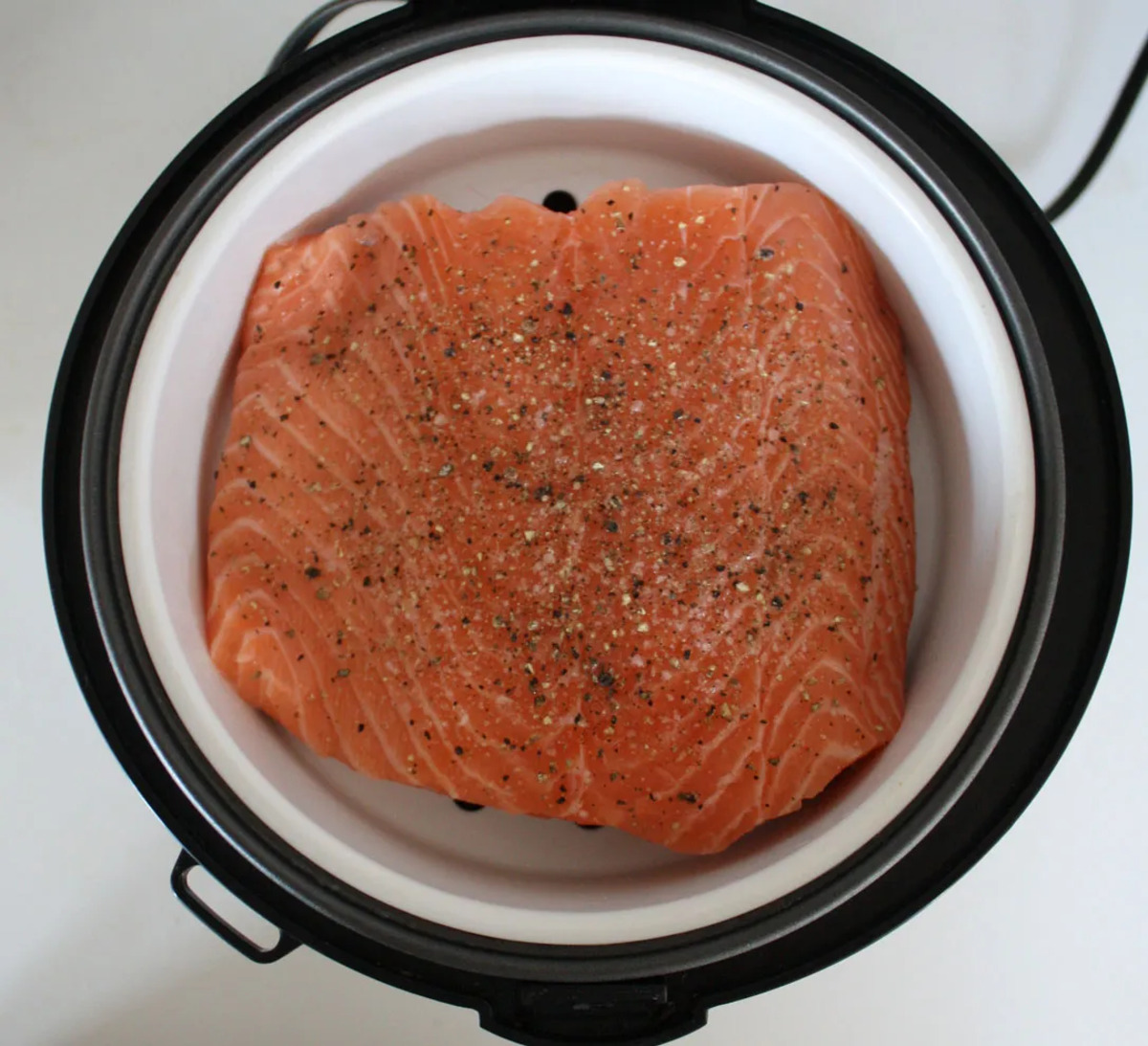
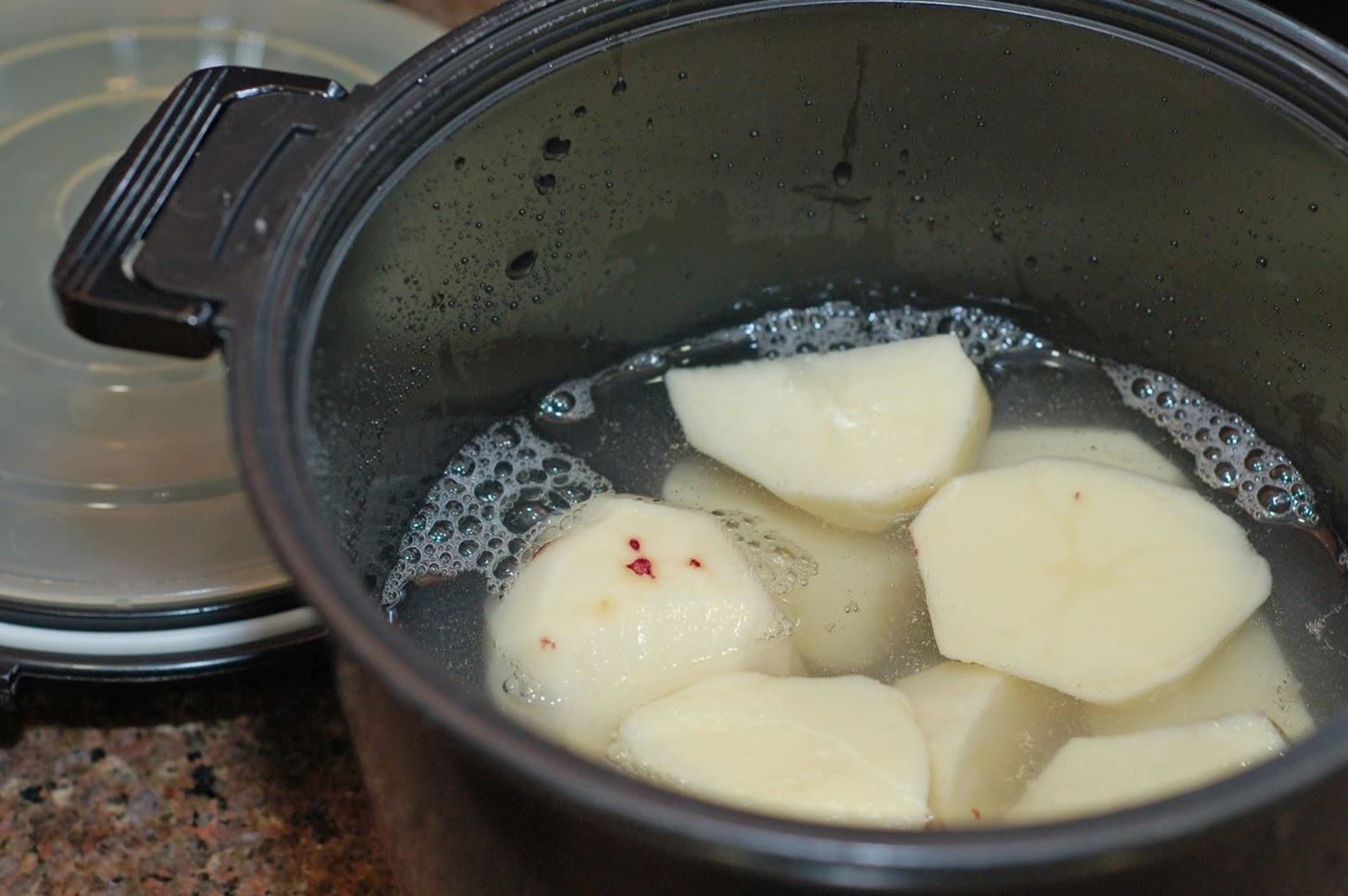
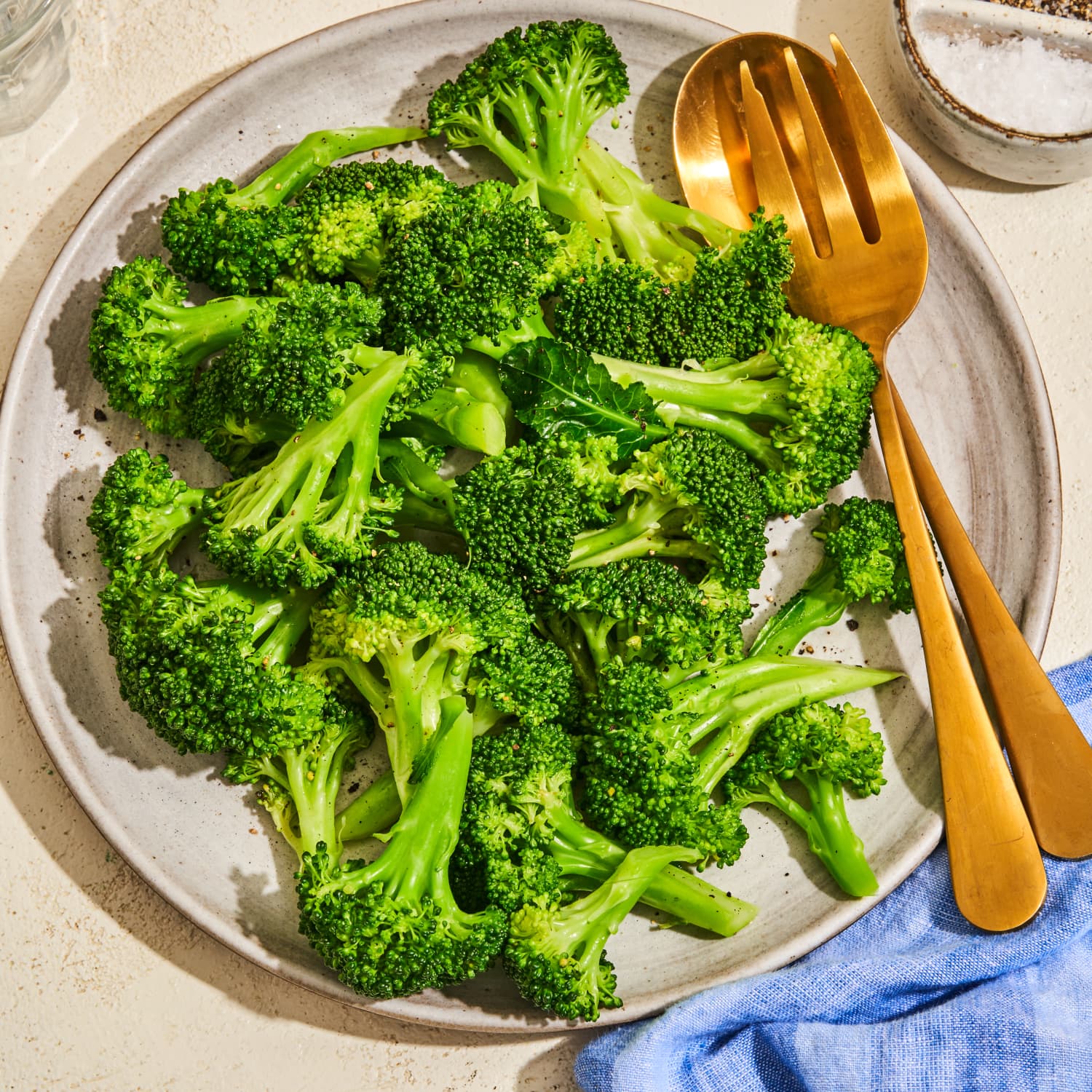
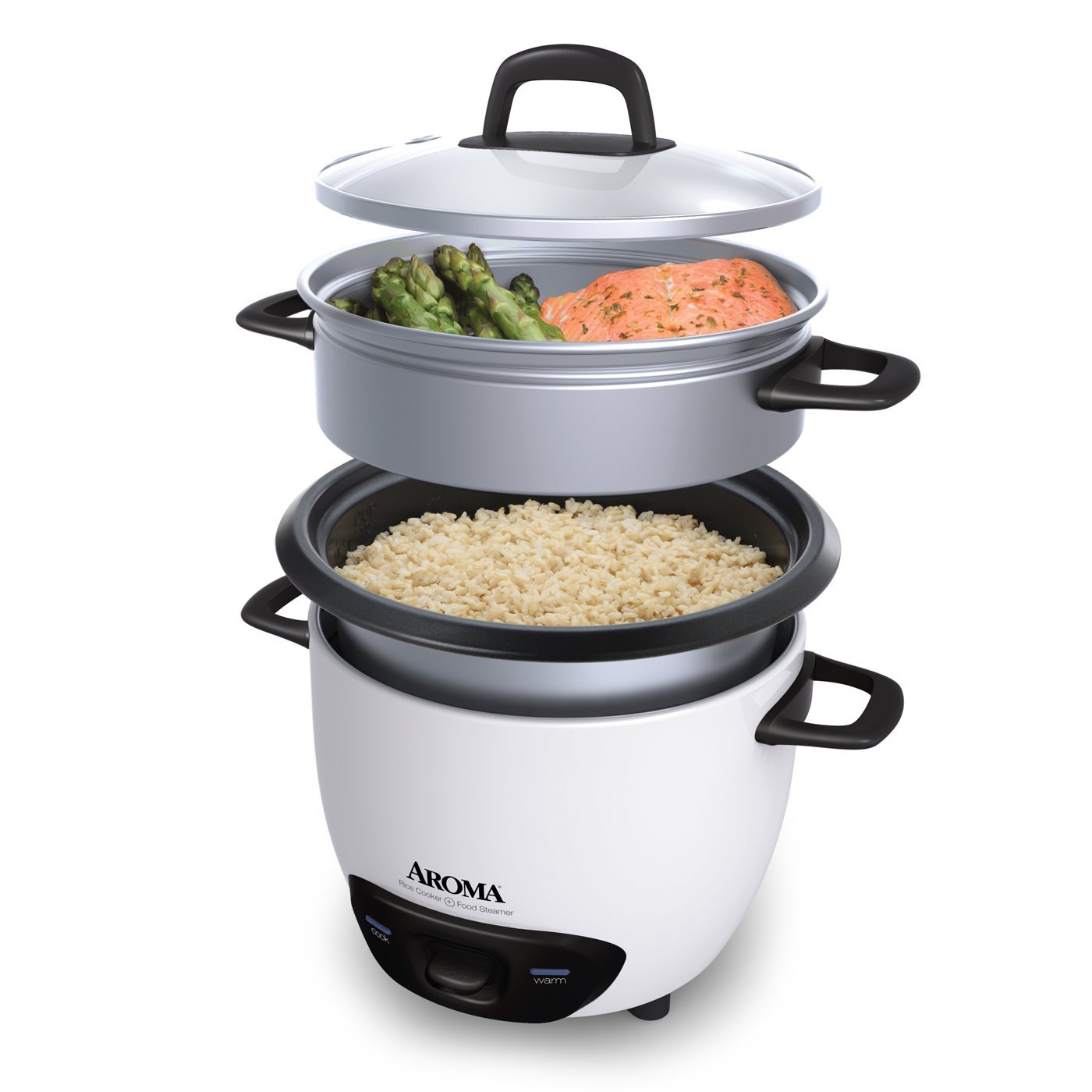


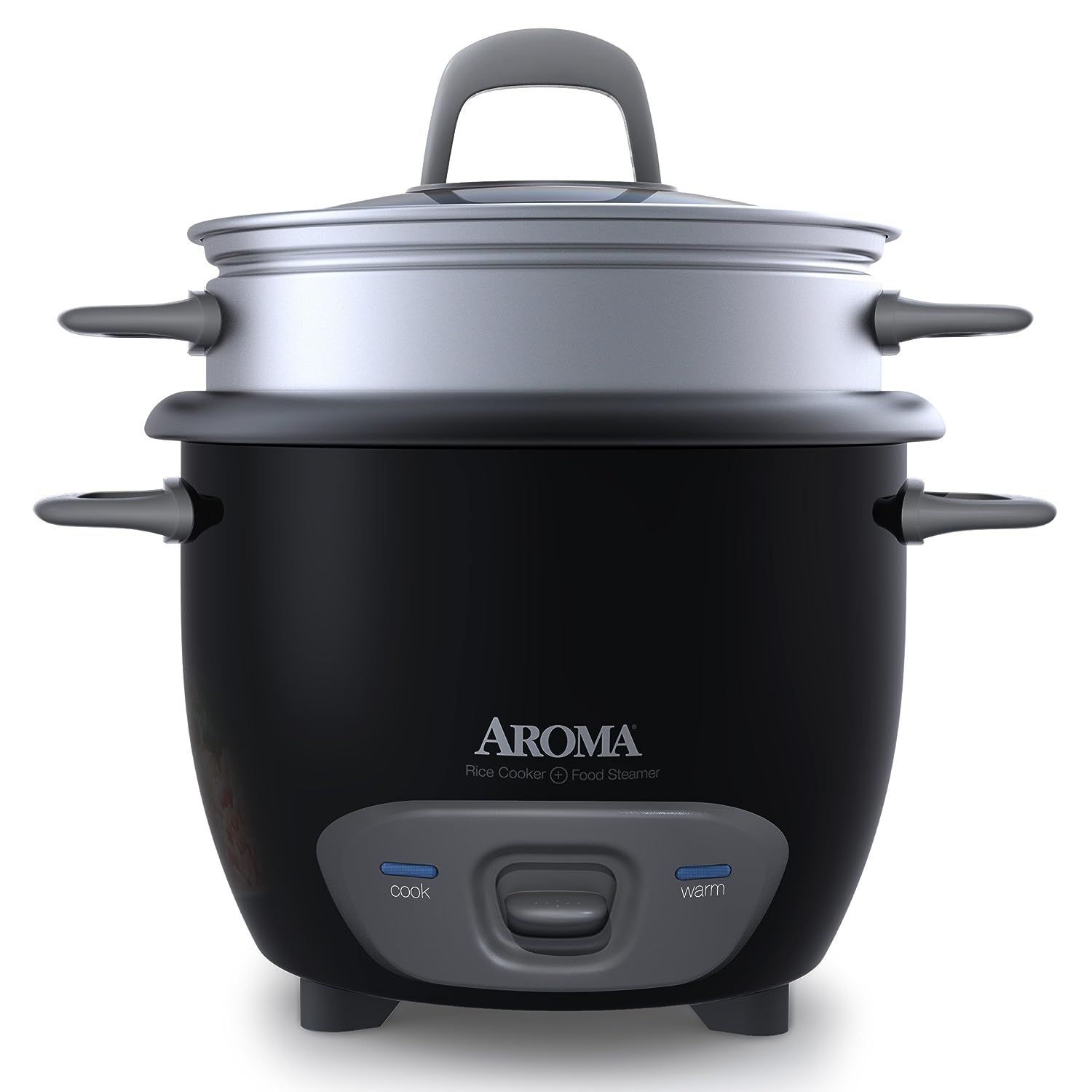
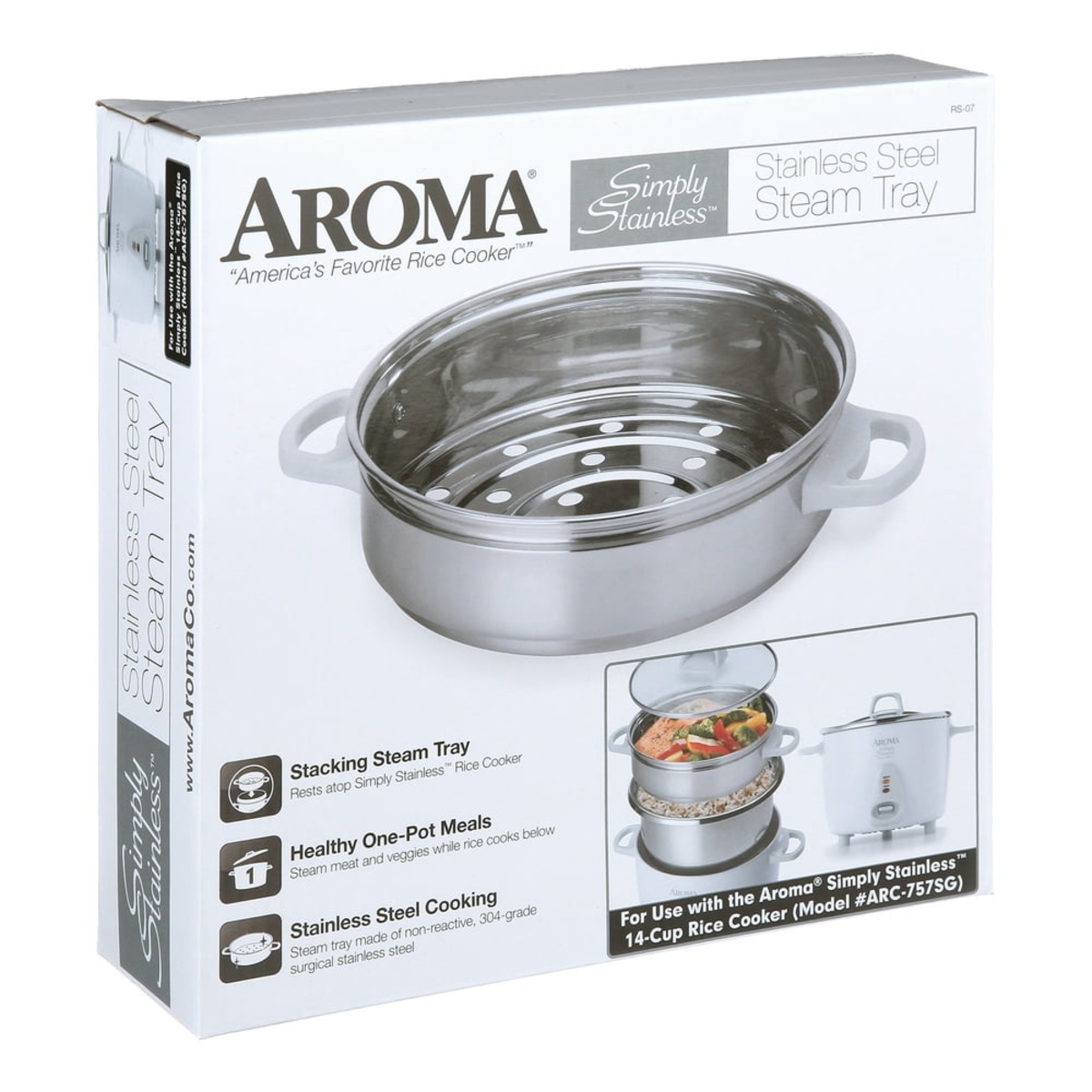

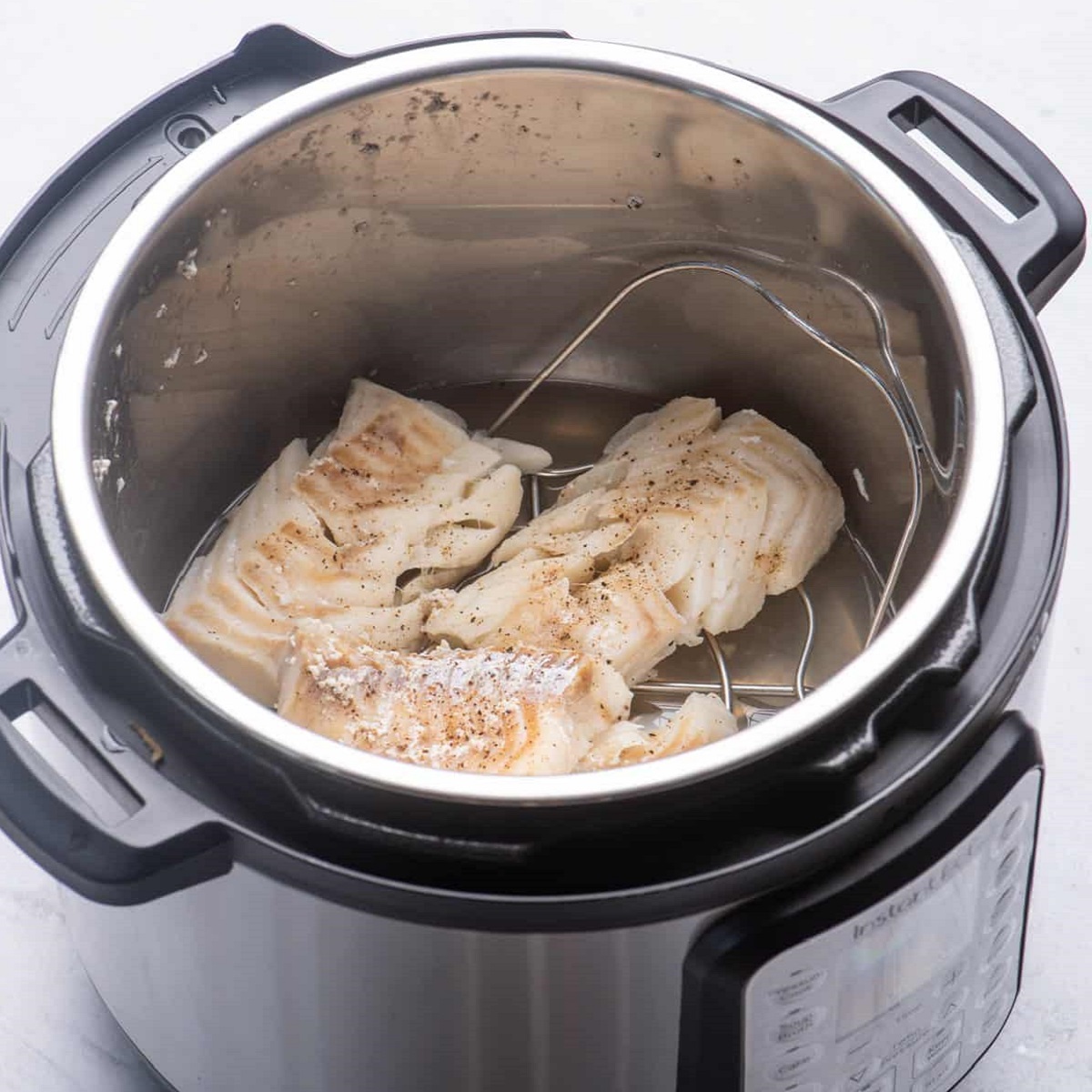
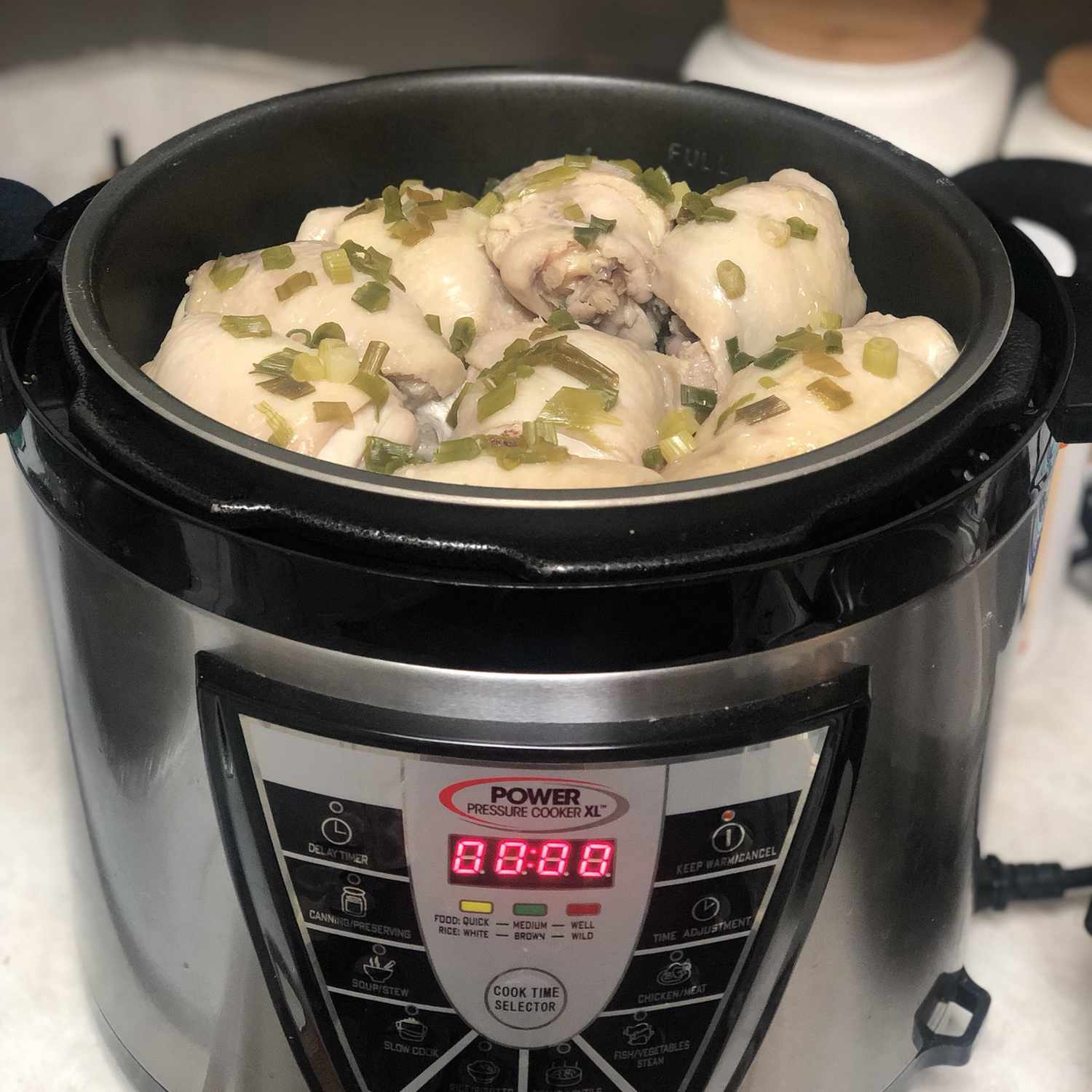
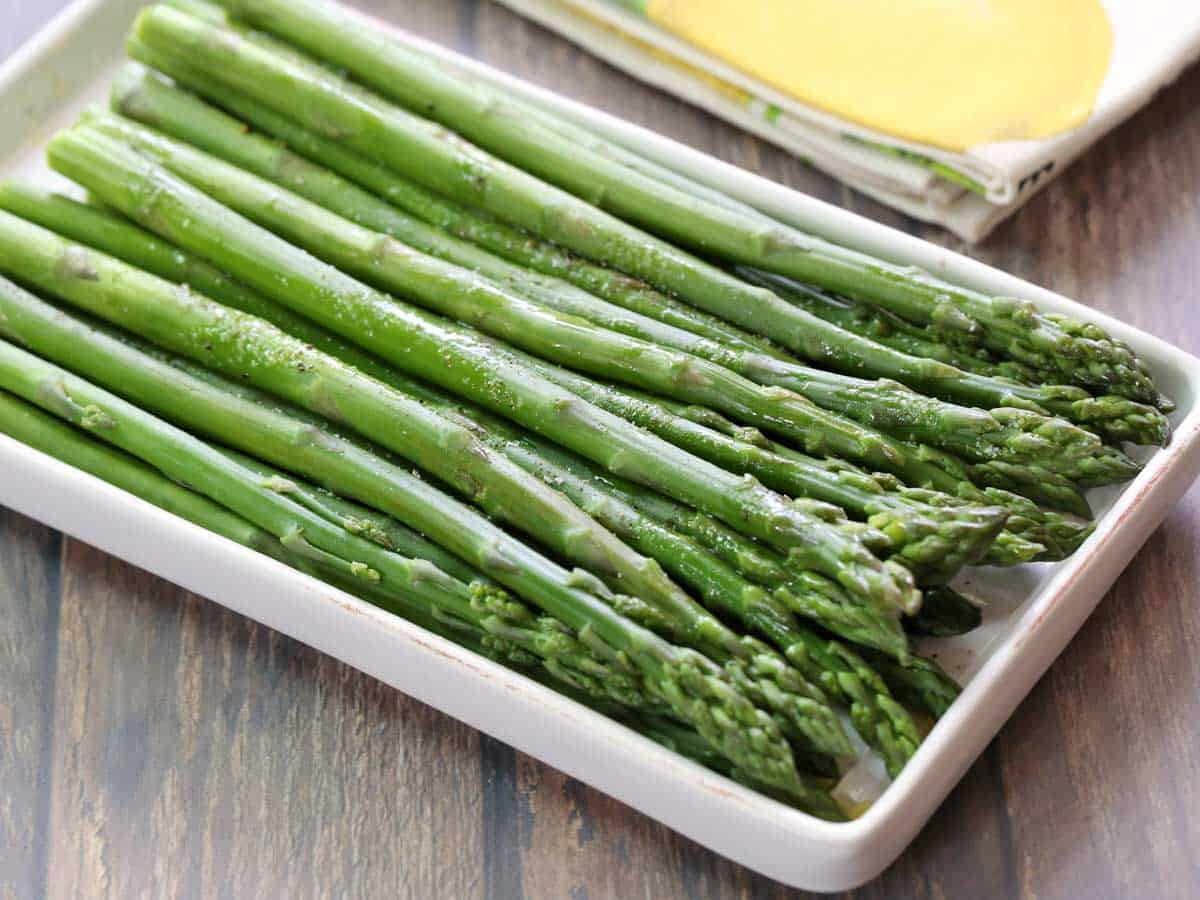


0 thoughts on “How To Steam Fish In Rice Cooker”